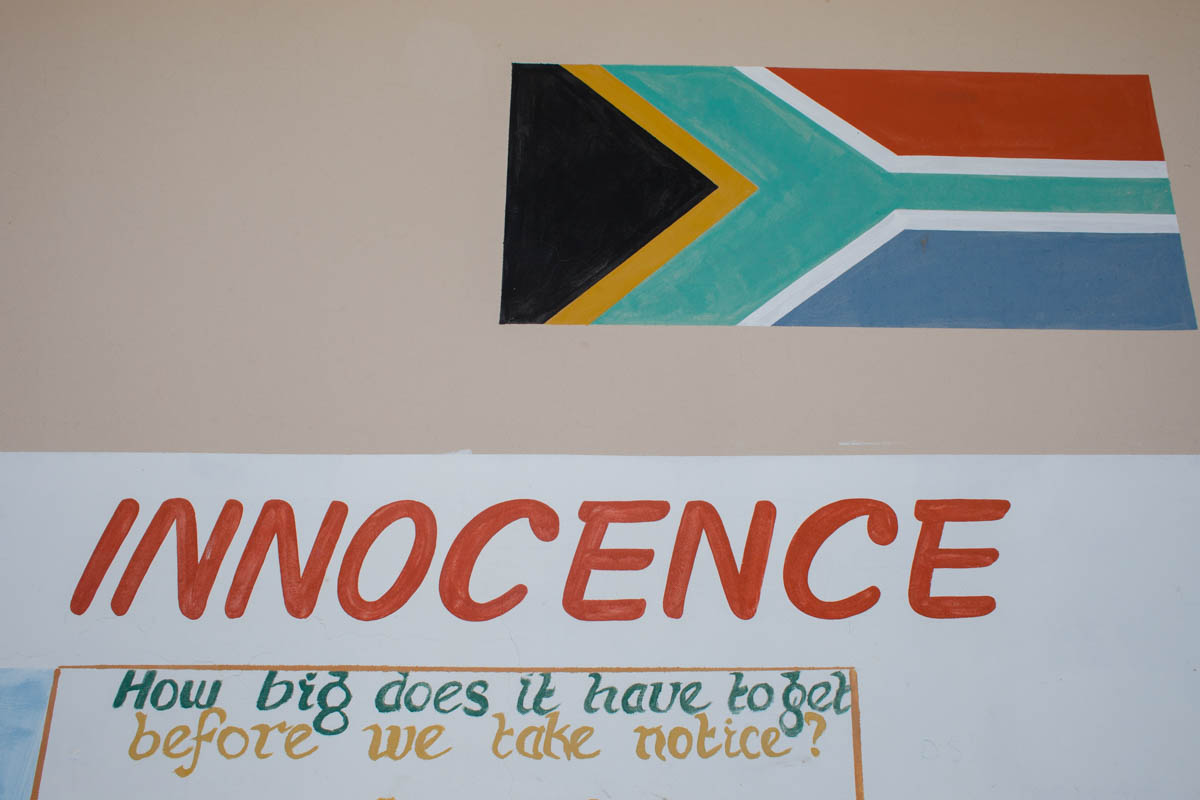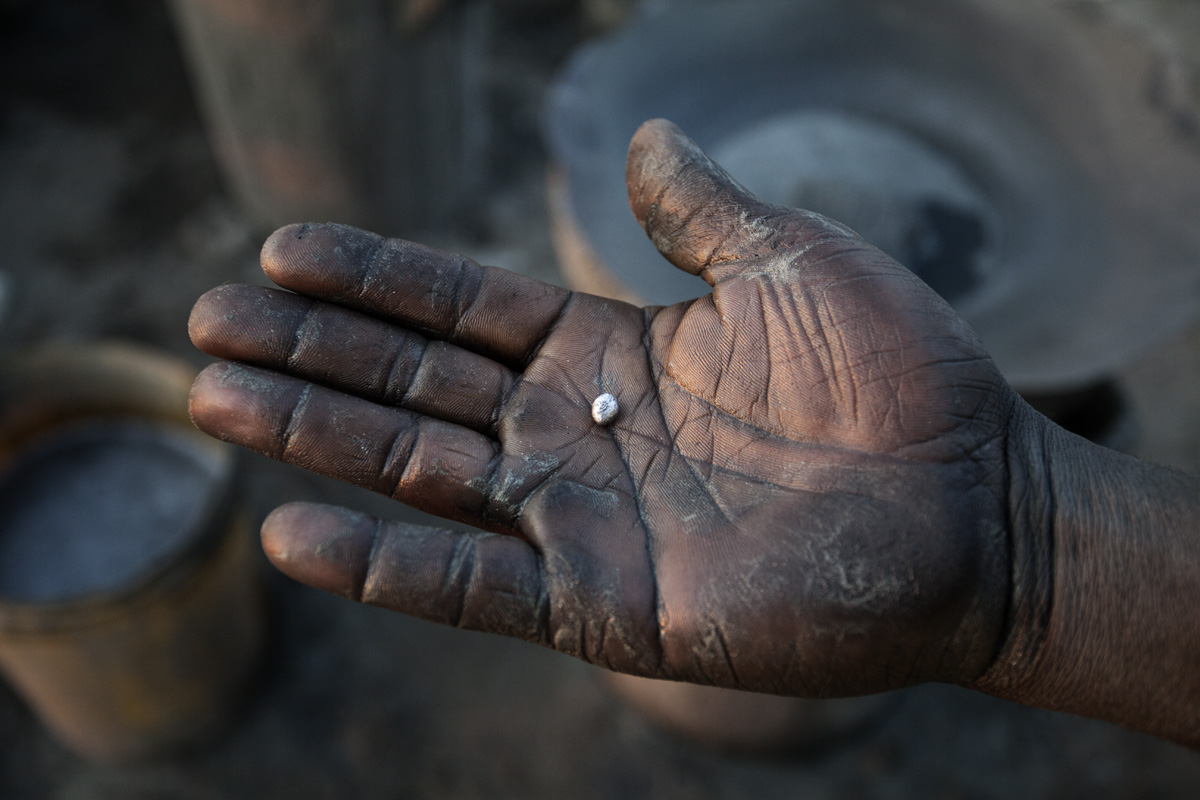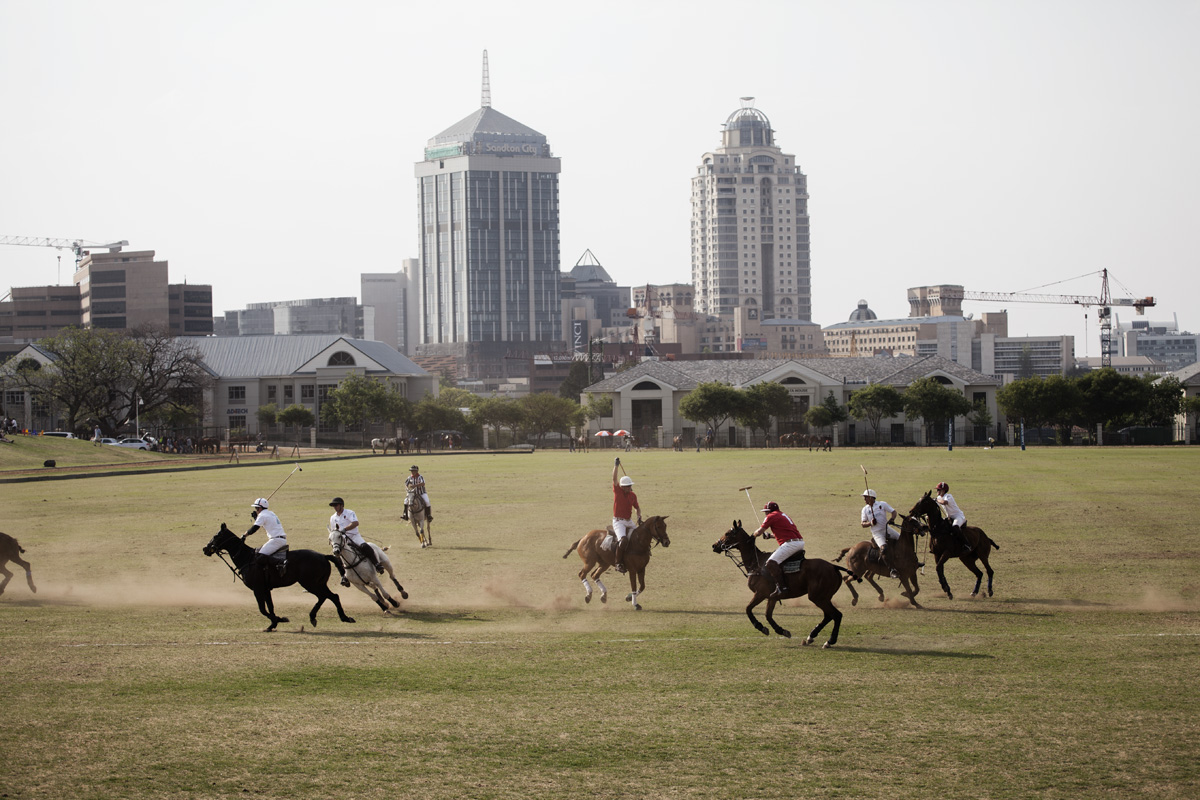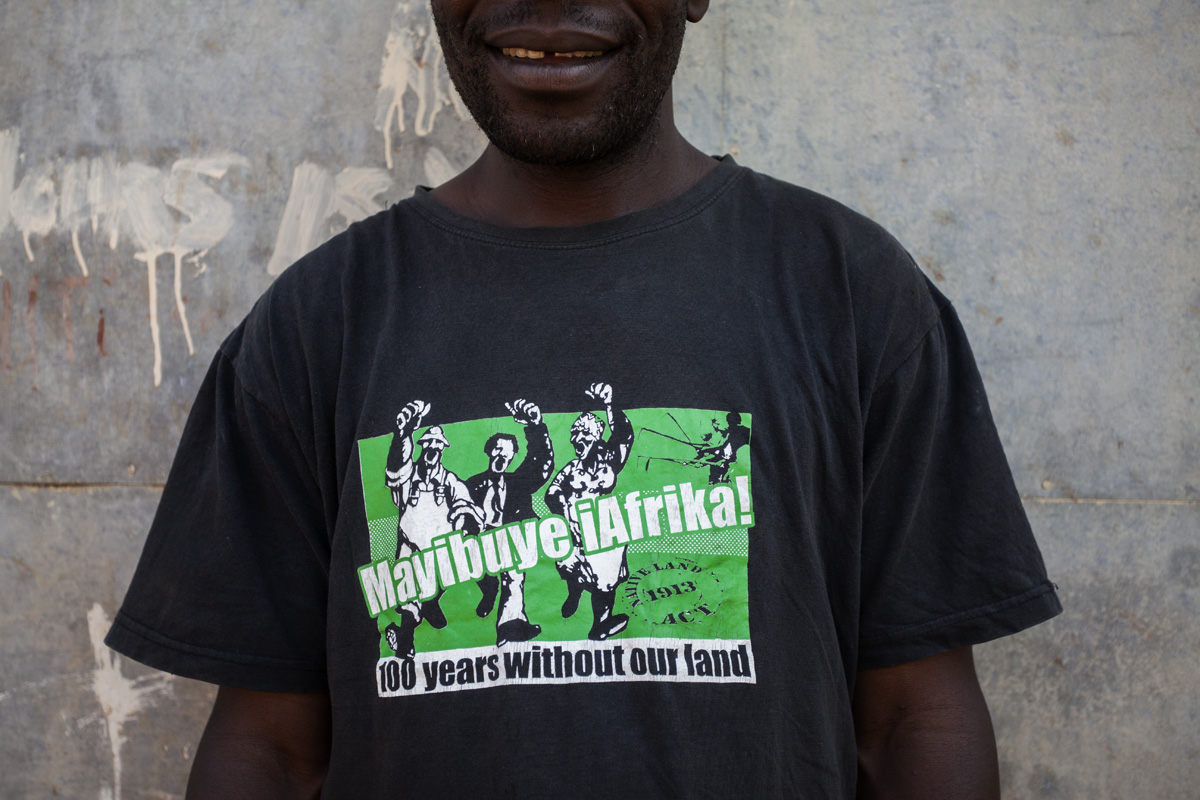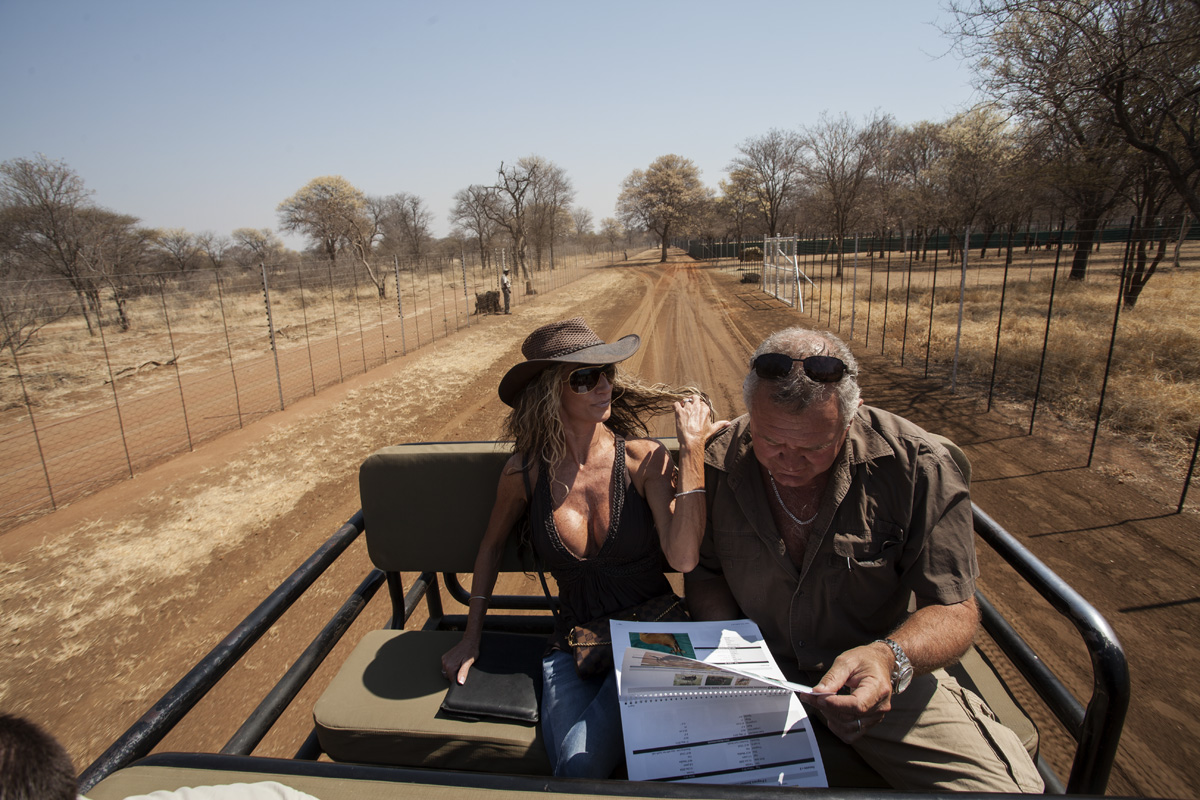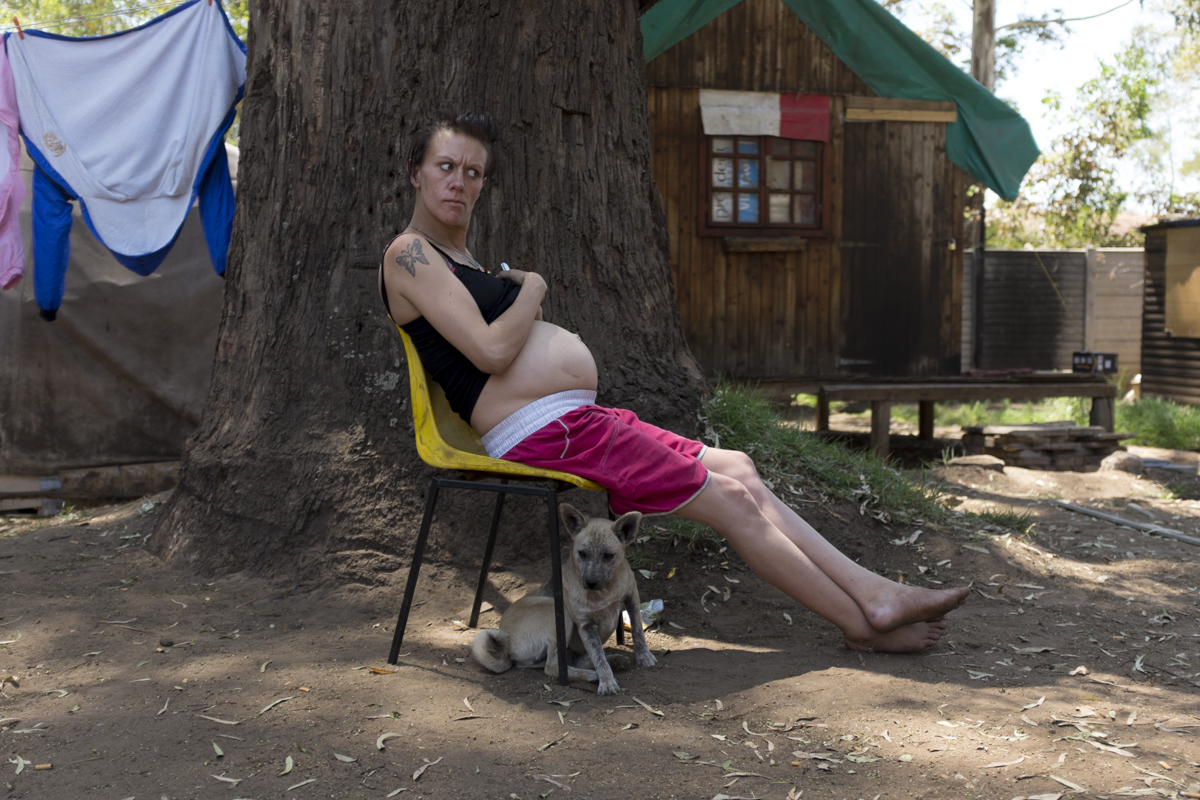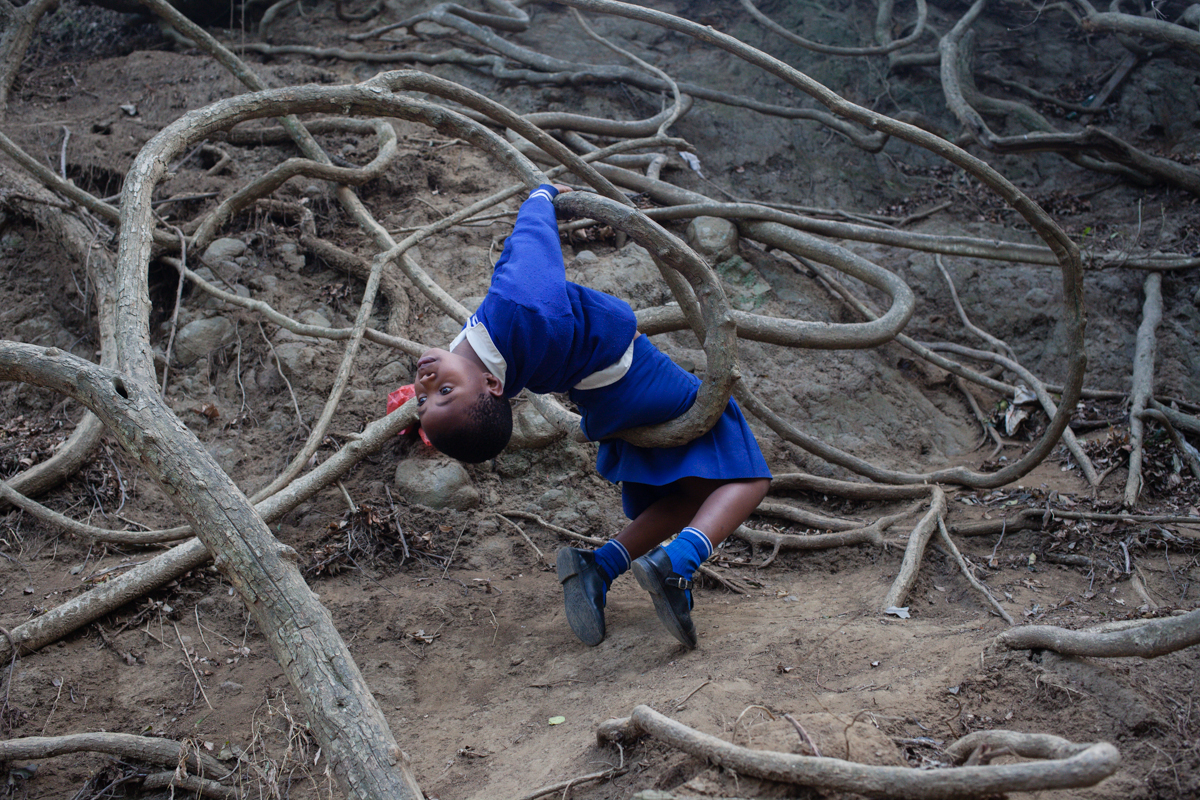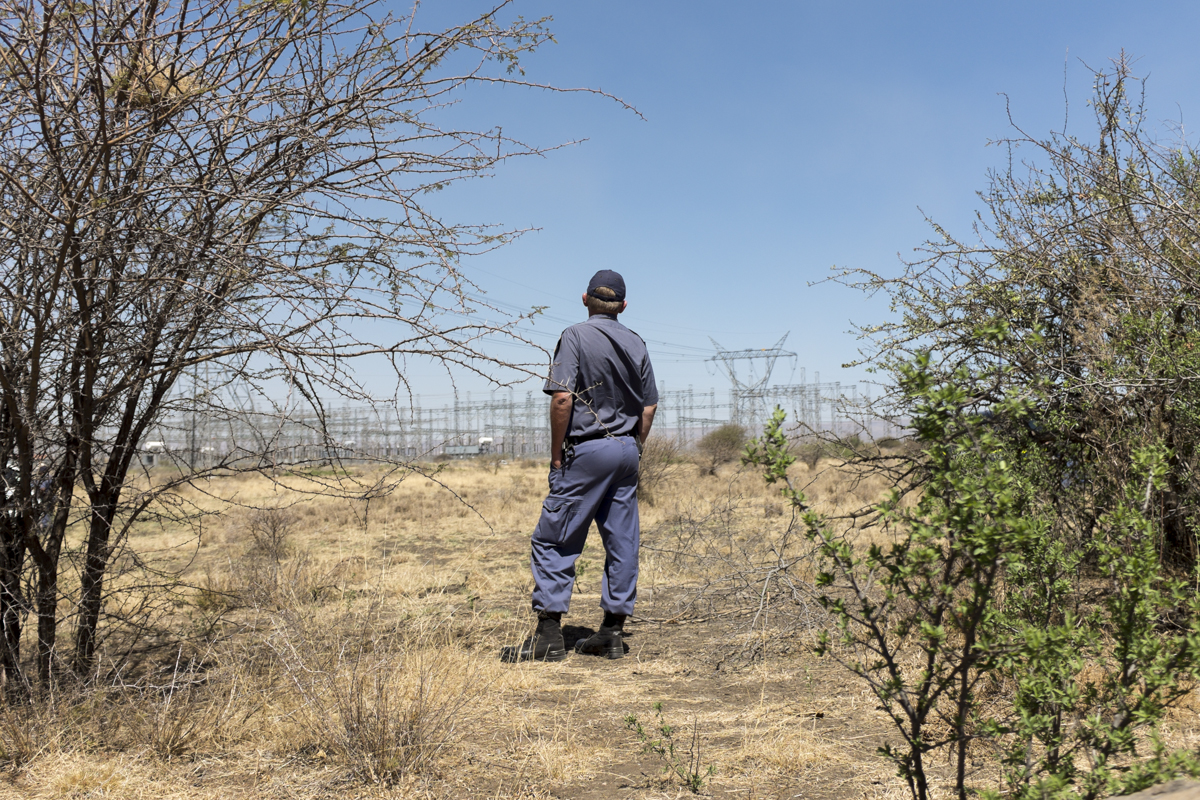Last week, students at the Universities of Pretoria (UP) and the Free State (UFS) held demonstrations at their respective campuses. UP students were, among other things, decrying that the Afrikaans language be scrapped as a medium of instruction at the bi-lingual, previously white-only institution. UFS protests ran along the same lines, and included demands to end outsourcing and grant fair wages to workers.
On Tuesday night a video begun circulating on social media which showed a stand-off between white students attending a rugby match and black students who’d seen an opportunity to bring their demands to the university’s Vice Chancellor Professor Jonathan Jansen, who was in attendance. He’s been reported as saying that he didn’t have time to attend to the workers’ complaints.
‘[O]ur intention of going to the game was to get his attention so that he can address us,’ said one student who withheld their name for fear of persecution in an interview. What started off as a group of students singing struggle songs during a rugby match break turned into a full-on scuffle whereby white students descended onto the field from the grandstand to confront protestors.
The Rainbow Nation dream which was force-fed to its children along with the colour-blind revisionist politics of Mandela and Tutu can no longer hold.
Throughout the night, updates by students on the ground mentioned how the police, presumably deployed to keep law and order on campus, singled out and shot at black students who were attempting to make their way to off-campus residences.
A week earlier, students at UCT had come under scrutiny for, among other things, causing disruptions to normal academic functions by erecting a shack structure aimed at protesting the university’s residence allocation system which has gained infamy through the years for leaving a considerable chunk of students stranded due to over-allocation of space. The students were also accused of burning pieces from the university’s private art collection.
In Johannesburg, Wits University student activists reported of an incident where about 20 of them were rallied up and told to get inside a police van for ‘contravening the court order barring them from “protesting on campus, disrupting registration or intimidating other students”.’ This group had been, according to reports, just hanging out and having some heart-to-heart about the imminent revolution in academia. As of writing, the universities of UKZN and UWC have also been reported to have dispensed forceful measures against its mostly black student protesters.
And we’re only two months into 2016!
There’s an unravelling happening in South Africa. The Rainbow Nation dream which was force-fed to its children along with the colour-blind revisionist politics of Mandela and Tutu can no longer hold. The empire is crumbling and the ugly tactics it’s employing against young black bodies are a definite sign that they’ve been ‘touched on their studio.’
Students are dictating the terms for change because those entrusted with ensuring their academic well-being are more concerned with pandering to whiteness.
Students, fed up with how the government through its various departments has handled (or is mis-handling) their demands for equity and inclusivity in academia, have decided to embark on a course entirely of their own making, one which is deaf to voices whispering ‘maybe there’s a better way to do this!’ If there was, why hasn’t it worked for the past two decades?! Why is it that, 40 years after sowing the first seeds of what culminated in a countrywide, student-led protest action on 16 June 1976, and 21 years after this country’s supposed freedom, they’re still fighting for the same shit?
Students are dictating the terms for change because those entrusted with ensuring their academic well-being are more concerned with pandering to whiteness. It’s surreal to watch previous victims of white supremacy selectively pick and use its elements, and do so in such a well-orchestrated, chorused manner. Stockholm Syndrome’s a mindfuck!
It was while watching these issues unfold that I started to delve into Twenty Journey, the book which resulted from a project initiated by three South African males, two white and Afrikaans-speaking, and one Xhosa-speaking. Twenty Journey started off as a Kickstarter campaign. The idea was to raise enough money (US$12, 000 to be exact) to go on a seven-month trip across South Africa and document the three gentlemen’s respective interests using the medium of photography, interviewing subjects on camera, and reflecting on their experiences through writing. At the core of the journey was the question: ‘Has Mandela’s vision of equality in a Rainbow Nation been achieved?’
Sean Meteleerkamp grew up in Knysna, Sipho Mpongo in Langa, while Wikus de Wet was born in Bloemfontein, the city where the rugby match scuffle happened; where parents of white children are reported to have gone around campus for a post-match black body hunt with guns in hand. In a racially-charged country such as South Africa where black people are still being told to ‘move on’ and to ‘forget about it’ whenever apartheid and its injustices are brought up, how did the three keep it together on the road?
The book offers little insight on that, though Sean references the economist Daniel Mitchell as he writes: ‘I propose an approach. One which has allowed us to become more compassionate, respectful and understanding human beings. This is something which desperately needs to become interpersonally prevalent in South Africa as the ridiculous conflict between “the opposites”, under the guise of “my way is right and you are wrong”, is causing unnecessary and irrational hateful blaming.’ Then later on in the same section: ‘In short, question everything. Evolve ideas. Don’t be a poes; be lekker!’
https://www.youtube.com/watch?v=7q37t1o-iCg
The book, more a catalogue/magazine/journal with a selection of photographs and writings from the journey, is divided into sections which highlight the aforementioned three photographer’s interests: Land (Wikus), Born Frees (Sipho) and Idiosyncracies (Sean).
In the Land section, we see a hand holding a piece of Mercury, an component used during the extraction of gold. The hand, chipped and with bruises in a number of areas, belongs to an illegal miner and was taken in Benoni in the East Rand of Gauteng where the practice of illegal mining continues to flourish; where men spend up to six months underground digging for gold or diamonds; where there’s a vibrant black market selling bare essentials such as bread for up to ten times the normal price.
On the next page is a photograph of the Inanda Club. Established in 1934 and situated less than a kilometre from Sandton City, the Oppenheimer-funded property fetched for R72.5 million (about USD$4.6 million) when it was sold to Investec Property in 2013.
And so continues the series of photographs; from a conversation with a leader of the Shimange people about their pursuit for land stolen from them because of the 1913 Land Act (the Shimange people were subjects of forced labour on their own land until they got removed, without compensation, between 1965 and 1972); to another with a farm owner who has had to give up his land for fear of being another victim of farm killings (‘We are being stolen dry of what we have built up over generations and what we make our living out of’); to a portrait of ‘potential buyers’ trekking through a game reserve searching for wild game to buy, and so forth.
Sipho Mpongo’s exploration of post-’94 South African youth is reflected in his artist statement; he thinks it’s going to take time for things to change in South Africa. ‘We also need to change our state of mind first,’ he says. Here, a photograph of a reveller in Braamfontein, head slightly tilted, wearing a grey tank top written ‘I’m sexy and I know it’ in black, pink and white colours. Another youth is captured in the frame, one hand holding a recently-rolled zol.
Elsewhere, a portrait of the child of one of the 46 Marikana miners who were massacred by police, with an accompanying portrait on the next page of a police officer in Marikana during the Farlam Commission. ‘Nowili was very open about her psychological disorder. She told me that she doesn’t look at the police the same way she used to. She hates South African police because she proclaimed that they took her father away from her and today things aren’t the same at her house,’ reads the accompanying write-up
And so the images roll on, all capturing some detail aimed to reveal the photographer’s intentions.
Reports of campus violence were everywhere: photographs circulating of the North West University’s Science Centre which has been set alight; unconfirmed reports of a student getting shot and killed, and one miscarrying, are also up in the air. All of these bring one question to mind: ‘How shall the country look back at this particular moment in history? How will 20/20 parity serve us?’
It’s hard to tell. The book’s cover image of a boy mounting a pole upon which hangs the old South African flag, wagging their tongue and raising one middle finger in the air, captures the zeitgeist of how students feel at this very moment: Fuck the system!
Find out more about Twenty Journey

